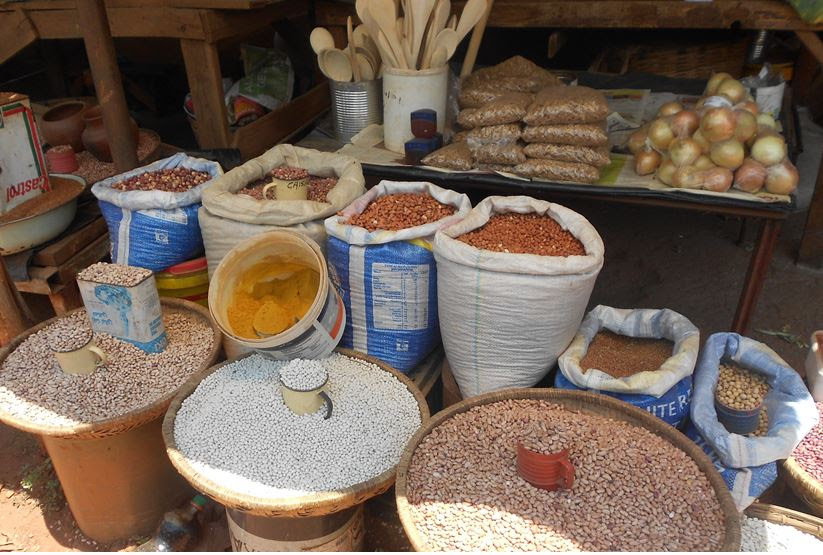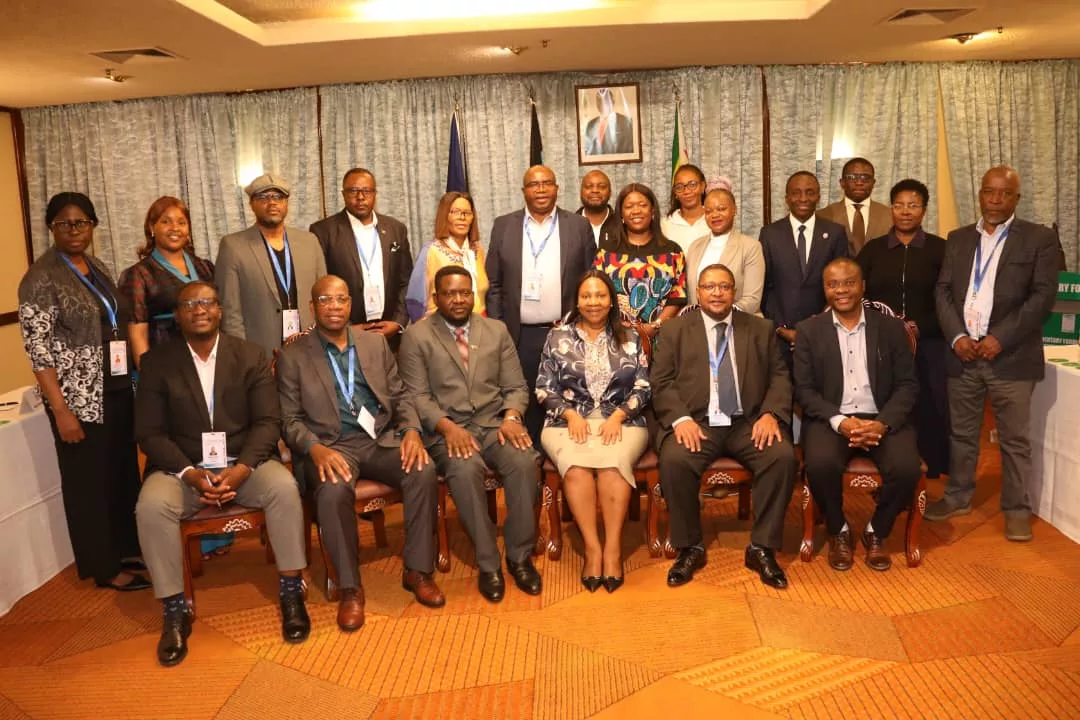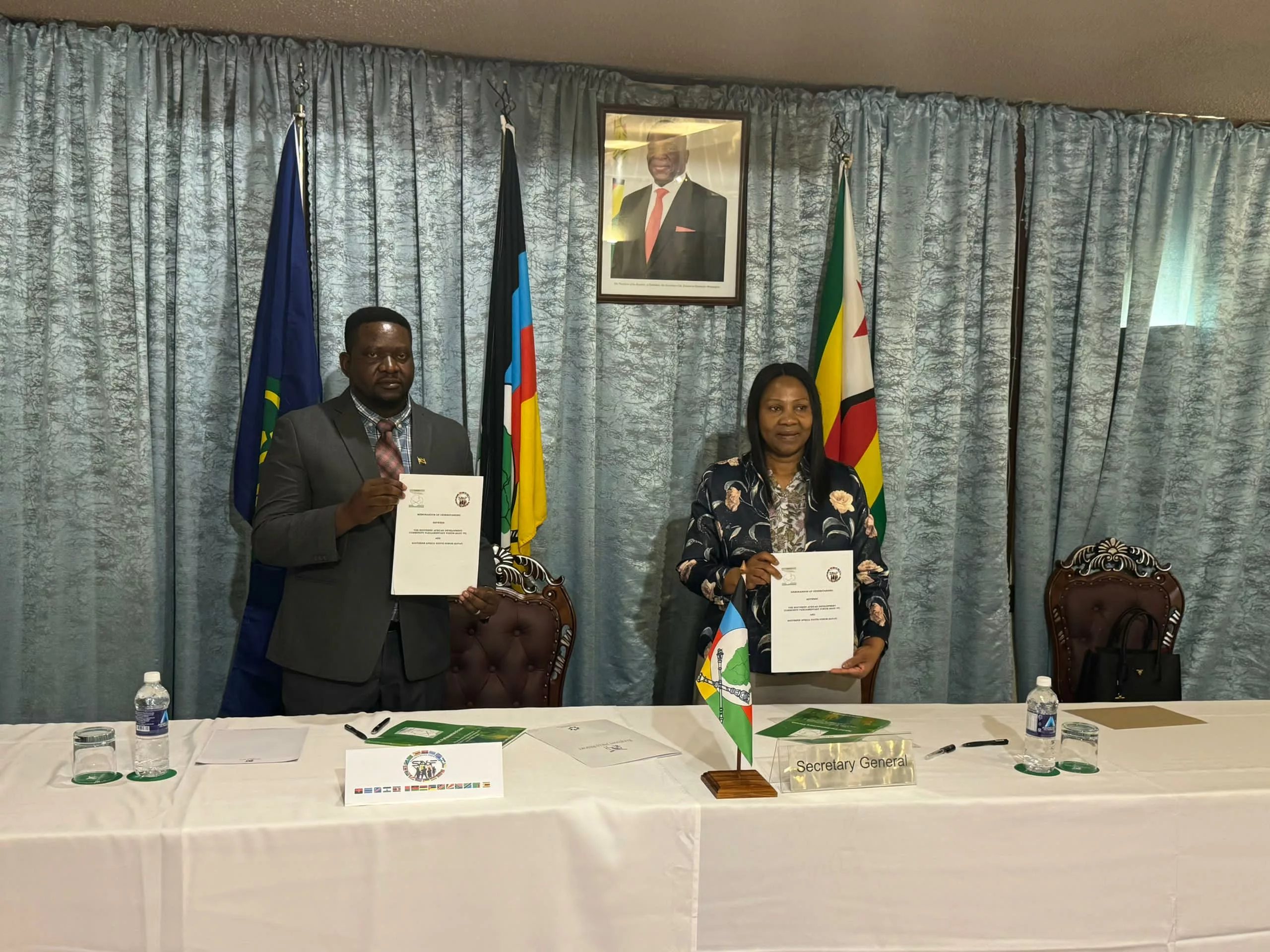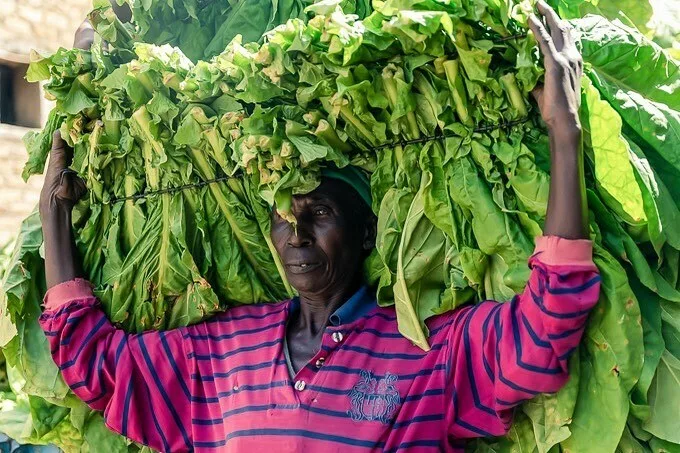By Charles Dhewa
Detailed comparative analysis of existing economic drivers in a community avoids cases where, for example, development organizations focus on small grains when indigenous chickens and goats may be major economic drivers in particular communities. Existing commodities, economic drivers, knowledge and information have to be discovered and captured using appropriate frameworks and tools just as exploration for minerals and mining requires appropriate tools.
Surfacing livelihood diversity
Careful assessment before the start of any intervention can reveal livelihood diversity, mono crops, artisanal mining activities, small grains, horticulture potential, small livestock and cross-border trading in particular communities. The assessment can also surface how diverse economic drivers interface as sources of livelihood. It will also show community preparedness for shocks such as droughts and pandemics in ways that can assist in finding answers to questions like:
· How can data, evidence and information be used to enhance resilience in remote rural areas?
· To what extent do markets have potential to enhance resilience in marginal areas characterized by poor roads and networks?
· Can knowledge and information be the only solution where some barriers are physical and beyond the control of communities? For instance, market actors may provide information and alternative prices but if there are no roads and bridges for communities to be accessible, such market intelligence may not be useful.
Riding on natural flows of data
Besides not conducting thorough comparative analysis of agricultural economic drivers, most development agencies are fond of piloting. Most of the pilots are scattered around counties or provinces in one country. For instance, one pilot can be in Mt Darwin district and the intervention skips to do another pilot in Tsholotsho which is in a totally different province. Such an approach is blind to the natural way in which knowledge flows between neighboring districts or communities. Instead of jumping from one province to the other, smooth rolling out and knowledge flow can happen when piloting happens in two adjacent districts which are already sharing commodities and knowledge informally.
Normally knowledge and information flows following diverse pathways. Jumping from Mt Darwin to Tsholotsho disrupts the natural ways in which knowledge and information flows. Breaks in information flows negatively affects project implementation. Covering at least two districts in one province enables comparative analysis for knowledge sharing purposes. It also lays a firm foundation for replication unlike flying past districts from one province to the other using whatever criteria. A good role out plan is fundamental and may not need to wait for a project in one district to come to an end because districts will already be sharing experiences and knowledge.
Knowledge requires different delivery structures
Many development projects are also fond of piloting with particular value chains yet implementation happens in different stages in line with diverse commodities or value chains in communities. More importantly, as an intangible commodity, knowledge is different from physical inputs like fertilizer, seed or chemicals. To that end knowledge may require different delivery structures from those used to extend inputs from national to community levels. Where development organizations and governments use vulnerable households as footprints for delivering physical products like seed, knowledge and information requires a different avenue because it touches everybody whether vulnerable or not.
What informs selection criteria for participants in a particular project is different from what is used in selecting knowledge beneficiaries. For instance, where development agencies may consider vulnerability, the market looks at capacity to produce surplus and that becomes the entry point for a market-driven project. While knowledge delivery through the lead farmer approach has worked in many countries, it needs adaptation for the knowledge-driven economy. This is because in many communities, knowledge moves along clans, families and other forms of relationships. Knowledge pathways are not numbers-driven as in assuming that 50 lead farmers will cascade knowledge to 500 farmers in a linear approach.
Digital technology can enhance data collection
As demonstrated by eMKambo in many farming communities, mobile phone-based data collection can collect more than 90% of the data currently missing in conventional formal data collection tools like static statistical questionnaires that have been over-used for decades. In addition to missing agro-economic drivers, conventional tools used to conduct crop and livestock assessments do not capture local trade or cross border trade that is common in communities bordering two countries. In reality, local food baskets in border communities are supplemented by food from neighboring countries. Trade between two countries as directed by communities in either part of each country is too significant not to be part of the national statistics and should be carefully captured. Such missing information should be informing policy direction in real time.






